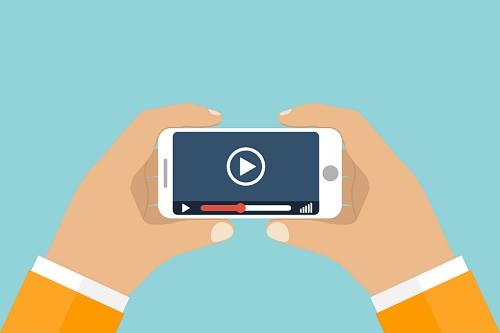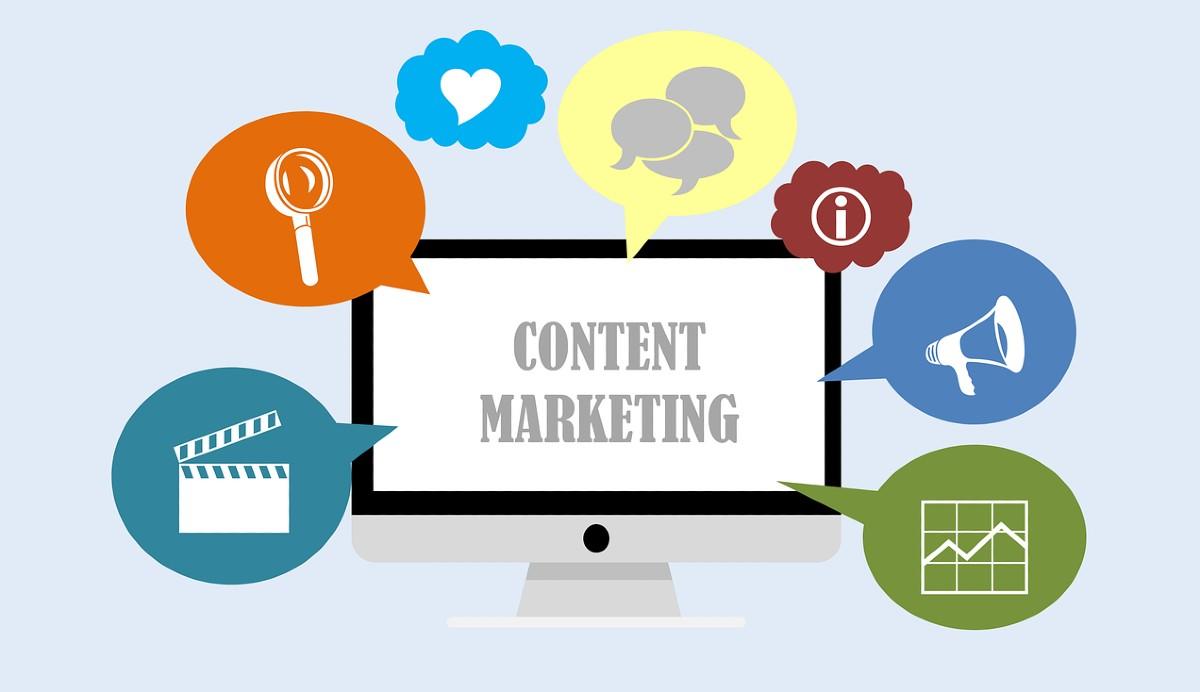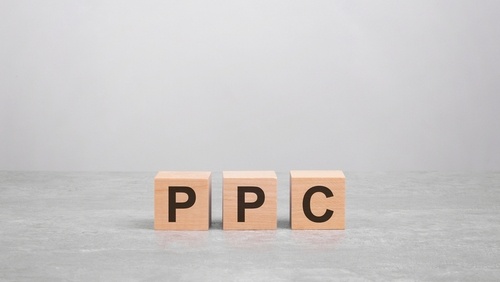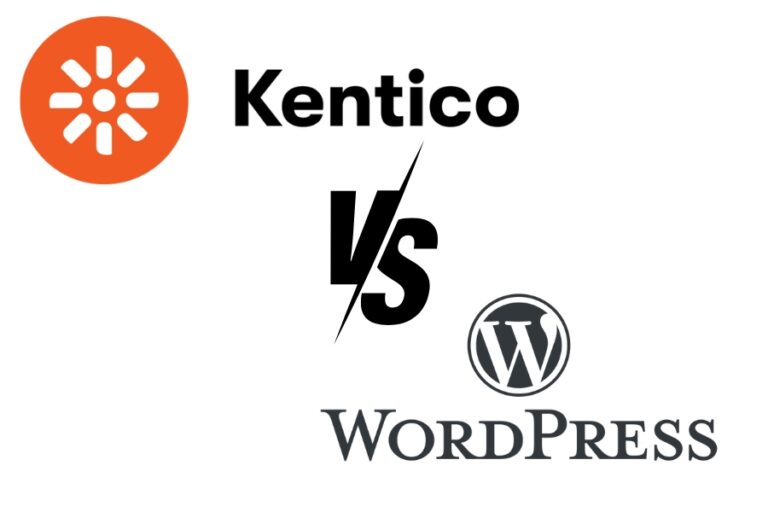“Content is king”
You’ve probably heard that before. In fact, it’s been around since Bill Gates published it 25 years ago. But what actually makes content king?
Site content alone is the biggest influence to draw visitors to your site. They want to read, watch or listen to whatever is on the page they’ve chosen. Because of this, content marketing has become something of a staple when it comes to digital marketing and SEO.
When looking at the SEO benefits of content marketing, there are three key features:
On-page SEO: Content is a hugely important tool for on-page SEO. The use of keywords within URL, alt-text, HTML headers and all body content is key for your site rankings. Additionally, Google is set to soon roll out the indexing of passages to improve search results and make them more specific, making the written content of your site all the more important in terms of SEO strategy.
Links: When done well, your site content can work as natural linkbait. Users will naturally want to share high quality, valuable content and by boosting external links, you consequently boost your site authority score and SEO ranking.
Evergreen content: This form of content is continually relevant to readers, no matter how long ago it was written. Common evergreen formats is content such as lists or top tips, how-to tutorials or encyclopedia-esque entries. To keep your evergreen content sustainable, avoid including statistics or numerical data, information on a specific holiday or season or even a current trend that is likely to fade. If you manage to achieve quality evergreen content, you’ll continue to attract links and stay at the top of SERPs for a longer time.
So now we have site content and the benefits to your site down, what marketing platforms are you going to use to get this content out to those searching for it? Take a look at our content marketing channel top picks below.
Content marketing platforms for your 2021 strategy
Content marketing platform #1: Youtube
Video marketing is rising in popularity every year, and now it has become more important than ever for businesses. In 2020, video marketing was one of the fastest-growing types of visual content marketing used and about one-quarter of marketers said it helped them reach their marketing goals in 2019. Second to the use of original graphics and infographics.
With over 1 billion active users, Youtube allows you to reach a huge audience with video content. By getting creative and crafting videos that are engaging and informative, you’ll have a dependable and exciting way to grow your email list and establish your brand in the industry.
a

72% of B2B buyers watcher videos to make a decision
a
Sometimes mistaken as a platform more suited to B2C marketers, Youtube is actually a fantastic way for B2B businesses to connect with buyers too. In fact, in a recent Google research, 72% of B2B buyers and researchers actually watch videos to help make buying decisions. This isn’t necessarily short snippets either, as almost 50% watch at least 30 minutes of video content as part of their research.
Youtube can provide several different benefits for your brand:
- A place to host your videos.
- A hub where researchers look for and find information.
- Youtube is a Google-owned company that feeds directly into SERPs, giving you a second opportunity to be discovered organically.
Execute your video marketing plan with some of the following:
- Consider your audience and competitors. Your marketing plan should align with the needs of your target audience. Before you begin planning your video content consider who your target audience is, what your competitors are doing to attract audiences in your niche and how are you planning to advertise and promote your channel.
- Optimise your Youtube videos. Think of how users will perceive your content. Create a custom, eye-catching thumbnail for each video you post. Write an engaging, unique title and get creative through your video description – and don’t forget to use the all-important keywords when doing so!
- Showcase your expertise and experience. This one is for B2B marketers in particular. Focusing on creating content that showcases how you can help others and illustrating how your products/services can help them solve their problems is a great way to attract viewers and potential customers. Remember, you don’t want your video to look like a sales pitch. A few examples of video styles that perform well include:
- Behind the scenes videos
- Product demonstrations
- Testimonials
- How-to videos
Content marketing platform #2: Live Video
Even though live video is another video form of content marketing, it is approached and received completely differently to a video platform, like Youtube. Live video can include live Q&A’s, webinars, reviews, live company updates and more.
a

64% of marketers voted Facebook Live as their most important channel
a
A recent social media report showed that close to half of marketers (45%) use live media to connect with their audience in a personal, real-time format. Live video has, of course, been affected by the pandemic, however, live video was already on the rise, particularly in B2B marketing. Statistics show:
- 29% of B2B marketers used live stream content in 2020, making it one of the fastest-growing content types of Content Marketing Institute’s recent survey.
- 63% of B2B marketing representatives were willing to exchange their contact information for access to a webinar, according to a Demand Gen Report.
- 64% would watch a webinar for between 20-60 minutes when researching a B2B purchase.
Facebook Live has already been tipped as one of the most popular channels by a Social Media Examiner’s report, with 64% of marketers voting it as their most important channel, followed by Instagram Live with 19%.
A few live video examples include:
- Live stream product reveal
- How-to videos
- Live event coverage
- Live Q&A’s
- Behind the scenes tour of the company and the team
Remember, the use of live videos aren’t just a one-time thing either. Once the video has ended, these can then be repurposed on your site or social media.
Content marketing platform #3: Instagram
Instagram is a bit of a new kid on the block when it comes to content marketing, but with 1 billion users – a number that continues to grow – Instagram has nudged its way to become one of the biggest players in social media marketing.
A platform that lives on visual hooks and bitesize, digestible information, Instagram takes a different, more creative approach to its fellow social media counterparts. A perfect solution for researchers who want visual verification and snappy answers.
a

81% use Instagram to research products & services
a
In a recent Hootsuite survey, it was found that 81% of people use Instagram to research products and services and 50% of people have visited a website to make a purchase after seeing a product or service on Instagram.
Enabling users to get visually creative in ways that other platforms don’t, Instagram posts not only showcase data and results through images and links for leverage but also create a much-needed human element behind B2B business through authentic content and “behind-the-scenes” glimpses. This means that an engaging, well thought out feed can elevate your brand story and help you connect with customers, employees and followers.
How can you get the best out of Instagram when content marketing your brand? Our top tips are:
- Regular use of insight monitoring. Much like its contemporaries, Instagram still has ‘insights’ where you can view statistics like impressions, engagement data and a breakdown of follower demographics – including info on age, gender, location and most active hours – with the ability to even get specific insights on why ‘top’ posts were achieved in that week.
- Use video content more than images if you are marketing for B2B. Interestingly, video content has a greater impact on B2B marketing, as your customers will be more interested in how your product/service works, rather than what it looks like.
- Track your URL click-through rate in your Instagram bio. Tools such as Sprout Social measure just how many clicks your link gets in comparison to impressions and engagements.
- Create an interactive brand hashtag. Do your hashtag research. Your audience will be on Instagram, you just need to know where to look and how they can find you. Creating branded hashtags is also a great way to let your followers participate in your conversations on Instagram, not to mention a way for users to tag you in related content.
- Apply common SEO techniques to your Instagram profile. Instagram has created an in-platform search function that acts as its own version of Google. Users find your content in the native app, which means optimising your Instagram profile and content for search is crucial.
- Take advantage of user-generated content. Perhaps one of the best perks of using Instagram for B2B is the use of user-generated content for easy and effective posts. This is a great way to illustrate what working with your brand can achieve, whilst also celebrating the achievements of existing customers.
- Use images that highlight information and data. Use tangible numbers and data in your posts. Effective B2B companies on Instagram are using cases and finite statistics to paint a clear picture of their value. Post-industry-related success customer quotes and testimonials as visual imagery – show you are up to date with current related news and care about the work you do!
Content marketing platform #4: Email
Ok, so emails are more of a marketing channel than a platform, but with how much email content marketing has changed since the start of the pandemic, we had to include this one.
It’s no secret that email has been a low-cost, high-value content marketing channel choice for a while and should therefore be a component of your digital marketing strategy.
a

Email subscribers are 4 times more likely to share your content
a
For most marketers, email is already among their top channels. 87% of B2B marketers told the Content Marketing Institute that email is the top way they distribute content, second only to social media. With a return on investment of 42:1 on average, we can see why email marketing is still a strong contender.
5 tips for your email marketing strategy:
- Tailor your message to the businesses you’re speaking to. Personalisation is one of the most important elements you need to strive to nail in every campaign. This doesn’t have to mean addressing the email by name. It can be:
- Staying relevant
- Sending timely emails
- Anticipating your subscriber’s needs
- Not every email needs to be a promotion. While the ultimate goal of email marketing is to grow your business, promotions aren’t the only way to do this. The heart of your email marketing must be to establish and nurture healthy relationships with your customers. It is these healthy relationships that will result in customers providing lifetime value and act as the driving force of your business’ growth.
- Try automation. Automating your email marketing isn’t always essential, but it can help in the long run. By automating your emails you can create time to do other things that help your business grow.
- Segment your audience. Segmentation is the process of grouping customers who have certain attributes in common. Never send the same email to your entire list as this increases the chances of your content being irrelevant. Segmenting your audience allows you to:
- Design customer journeys that are unique to the group, thus increasing the efficiency.
- Create personalised content to influence your customers into taking action.
- Eye-catching subject line and preview text. Perfecting the subject line can be the difference between recipients opening your email or deleting it. People open your emails if they feel they will benefit, if they’re worried about missing out, or if you present compelling evidence about why they should. Additionally, preview text tells subscribers more about the content of your email and can sell your email further.
Need content marketing services?
Should you need a helping hand improving your content, content marketing or any other digital marketing and SEO help, our team of experts are here to help and tailor a marketing plan best suited to you.
Read up on our content marketing services, take our DMQ below or get in touch for a chat on how we can help you gain better positions over your competitors.














